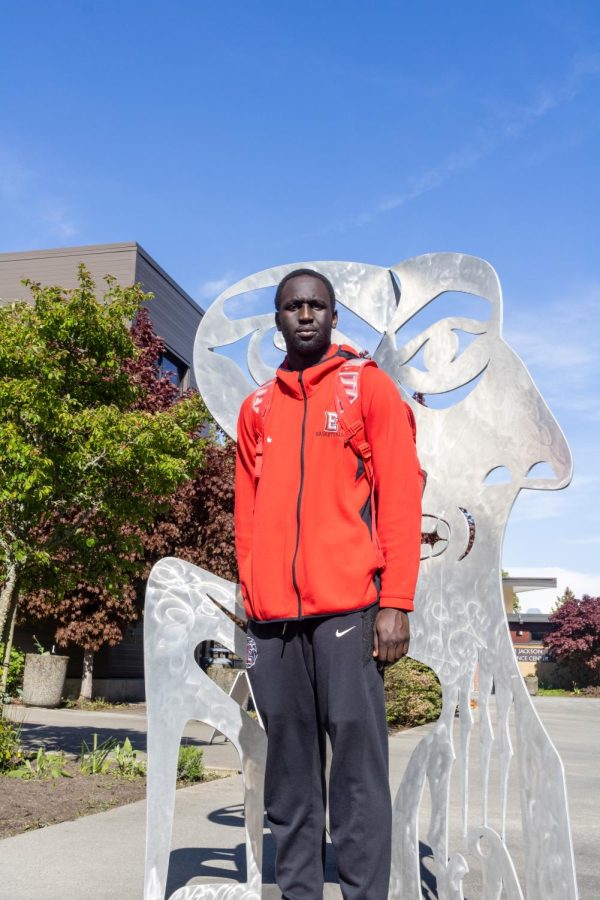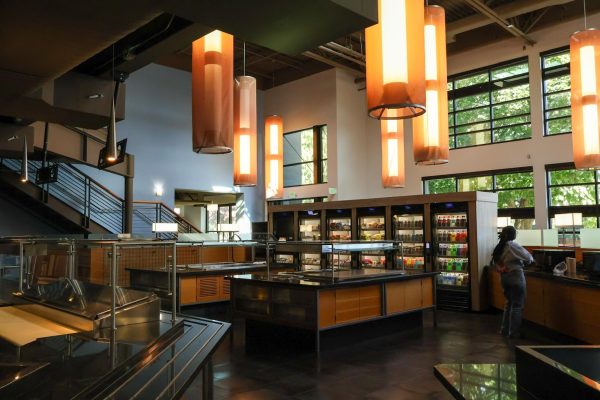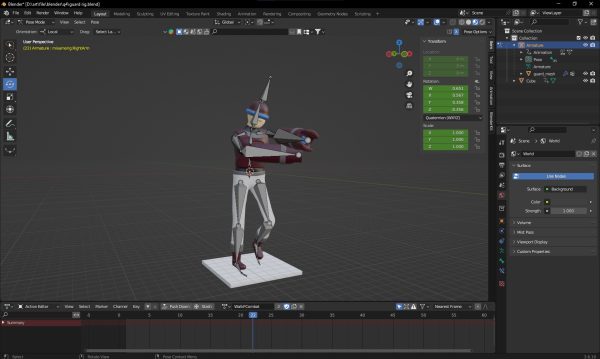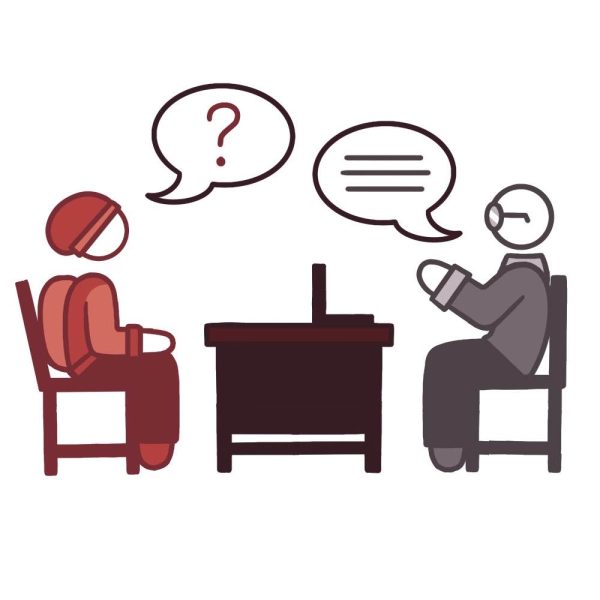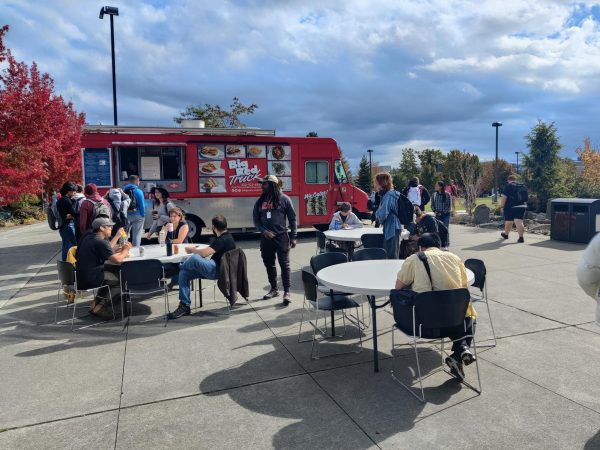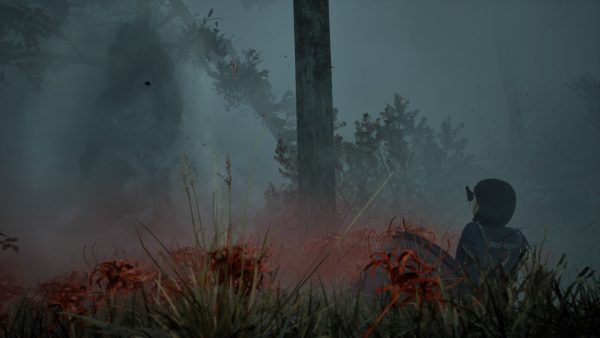Lul William and the Electric Heart
Lul William feels that sportsmanship reflects how that athlete was raised; if an athlete plays dirty, it’s most likely because their parents encouraged it.
You’re 18 years old, and the weather in Marysville, WA, is typical for the Pacific Northwest: overcast with rain. It’s too wet for training at the track; you fire up the PlayStation 4 instead. Red Dead Redemption is loaded; you grab your controller and prepare to mete justice for the slain Marston family with cold steel and hot lead in the Old West. But your heart stops beating before you have the chance.
You wake up in a hospital an hour later. You had a sudden cardiac arrest.
That happened to now 22-year-old Lul William, a Forward for EvCC’s men’s basketball. His mother found him when she got home five minutes later and performed CPR until the paramedics arrived. Doctors would tell William and his parents that he needed a subcutaneous implantable defibrillator, known as an S-ICD.
S-ICDs have a generator mounted to the patient’s ribcage. The wire that carries the charge to the heart runs along the ribs and up along the left side of the sternum over the heart. The section of wire that crosses the heart is known as a shock coil. It is used for patients who require a more considerable shock during cardiac failure.
“You can’t sleep on your left side. It’s hard to get out of bed; you feel that piece of metal. I had to take a lot of ibuprofen for the first two to three weeks. You can feel all the wires, and the metal gets hot. You can feel it on the side of your ribcage,” William said of his post-surgery recovery.
What would this mean for the young man who had been playing basketball since he was two years old and wanted to travel the world playing the sport he loved?
Two doctors, two opinions
Observing William speak about his defibrillator is like watching someone talk about their eyeglasses or a hearing aid, an accepted annoyance that improves your quality of life. Eventually, what was once alien becomes normal, “it becomes a part of you, like a piece of bone.”
It took a month for William to get used to the feeling of wires running through his body and the heat of the S-ICD. But the question nagged: “Will he get to play basketball again?”
“Every cardiac doctor had a different opinion,” William said. “One told me I might not ever play basketball again.”
“I didn’t want to be home all day. I wanted to be outside playing sports. I wanted to compete, to be around teammates and to travel. What will I do next if I’m not playing basketball?” William said.
But where one doctor gave a worst-case scenario, another was more concerned about William’s stitches and proper healing and cleared him to return to sports. He has only received two jolts in the four years since his surgery, once during practice and once at open gym tryouts.
“When you get shocked by the defibrillator, it feels like someone sucker-punched you in the chest,” William said. “It’s not a good feeling, but at least the defibrillator is doing its job.”
Dirty Players
The Trojan’s jersey covers the visible impression of William’s S-ICD. Many are unaware of its existence. An ethical athlete would avoid contact with a player’s chest if they saw an implant. William fears an unethical player could use it to their advantage.
“You’ve got to hope no one elbows you in that area, which hasn’t happened,” William said. “Some of the players on the other teams will do anything to win the game. Some players are dirty like that.”
A severe blow to the ribcage could cause a wire to disconnect, meaning William wouldn’t receive an electric shock if he had a cardiac arrest. Surgery would be required to replace any damaged wire and reconnect the S-ICD. Recovery is estimated six-eight weeks of ibuprofen and discomfort before he could return to the court. For William, it’s a life-threatening situation that takes him out of the game and maybe the season — maybe permanently.
Eight-Year Battery Life
William’s generator battery is not rechargeable. The battery’s replacement is the only time he shows unease during the interview, and for a good reason. Even though S-ICDs only need their battery replaced — unlike an ICD, which replaces the whole unit — it still requires him to go under the scalpel.
William said he hates going through surgery. What he dislikes the most is recovery. Pain is an apparent reason; not only does he have discomfort from the surgery, but he will have to get used to a new ICD generator attached to his ribcage. But being sedentary during recovery grinds against his active outdoor nature.
Advice on S-ICDs
Again, speaking matter-of-factly, William tells young people receiving a defibrillator that they’ll get used to it and forget they even have one. He said it takes one to two months to recover, depending on pain tolerance and how quickly they heal.
However, William said that if your S-ICD shocks you, to see your cardiologist because it may need to be adjusted. He said that the doctors make all of the adjustments through a computer.
John Hopkins Medicine University’s website states that a “programmer” device communicates with the ICD or S-ICD using magnetic waves.
After graduation
William only has one more class until he graduates and has been accepted at Eastern Washington University in Cheney, WA. But he is also considering Central Washington University in Ellensburg, WA, and Washington State University in Pullman, WA.
The young man who once questioned his existence without basketball found interest in electronics, software programming and development. William admits that math is not his strongest subject, so he makes the Tutoring Center his home away from home, showing his drive and determination on and off the court.
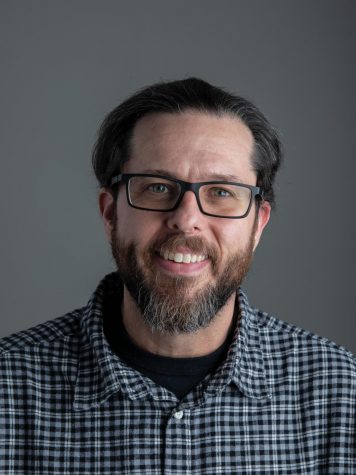
What living person do you most admire?
My wife.
Where would you most like to live?
If I didn’t already live in Everett, I would live in Vancouver,...

